Gerbera daisies, also known as Transvaal daisies, are native to South Africa and belong to the Asteraceae (Compositae) family. They are popular for their vibrant and colorful flowers, which come in a wide range of hues such as orange, pink, and yellow. Here are some key points about Gerbera daisies:
1. Varieties: Gerbera daisies are divided into four classes based on their flower types: single flower, semi-double flower, double flower, and spider flower.
2. Growth Habit: In warm climates, Gerbera daisies are grown as tender perennials that come back every year. In areas with cold winters, they are treated as annuals and planted in garden beds or containers after all danger of frost has passed in the spring.
3. Propagation: While most varieties can be grown from seed, they are relatively slow to develop. Starting Gerbera daisies from seed is feasible in warmer climates or by starting the seeds indoors in late winter or early spring.
4. Size: Gerbera daisies can grow 6 to 18 inches high and have flowers that measure as wide as 2 1/2 inches across.
5. Cultivation: Gerbera daisies can be grown outdoors as annuals in almost any climate. They prefer warm, sunny climates but can adapt to different conditions. They are commonly available as plant starts in garden centers or can be grown from seeds.
6. Care: Gerbera daisies require well-drained soil and regular watering. They benefit from deadheading spent flowers to encourage continuous blooming.
7. Uses: Gerbera daisies are popular as cut flowers due to their large, colorful blooms and long vase life. They are also used in floral arrangements and bouquets.
Gerbera daisies are cherished for their beauty and are a delightful addition to gardens, containers, and floral displays.

Views: 2

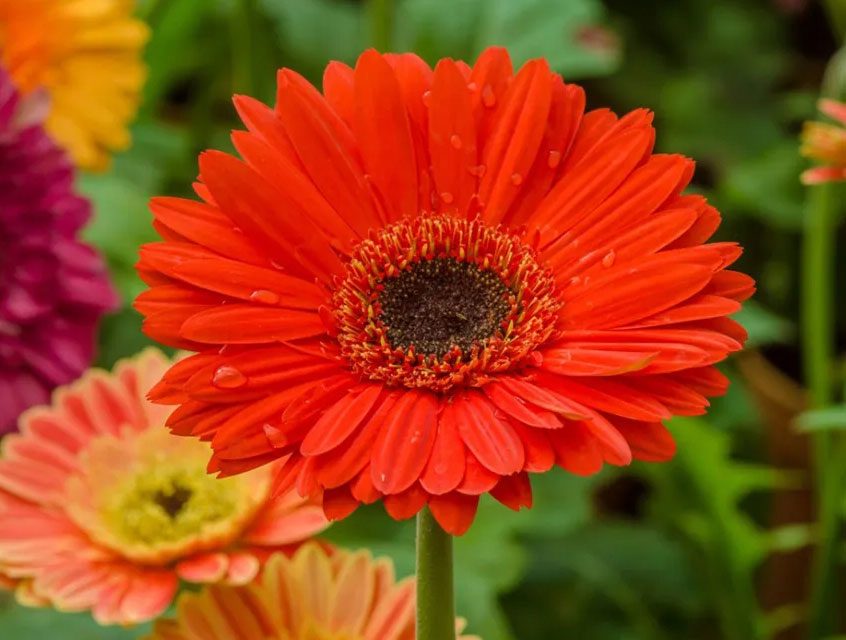
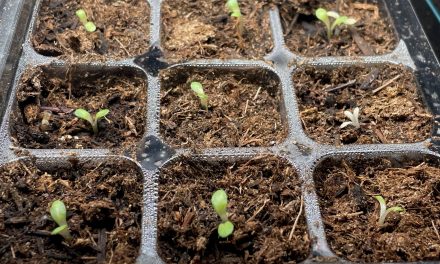
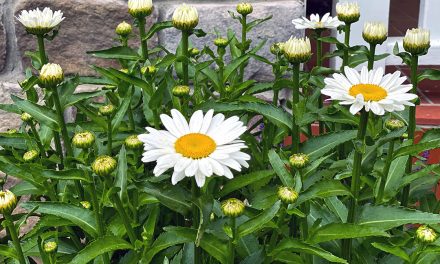
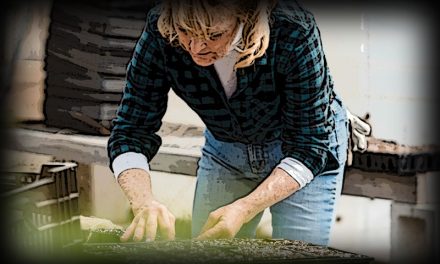
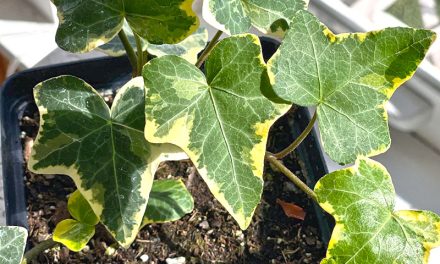

xjx7ft
svcyp0
1p5lab